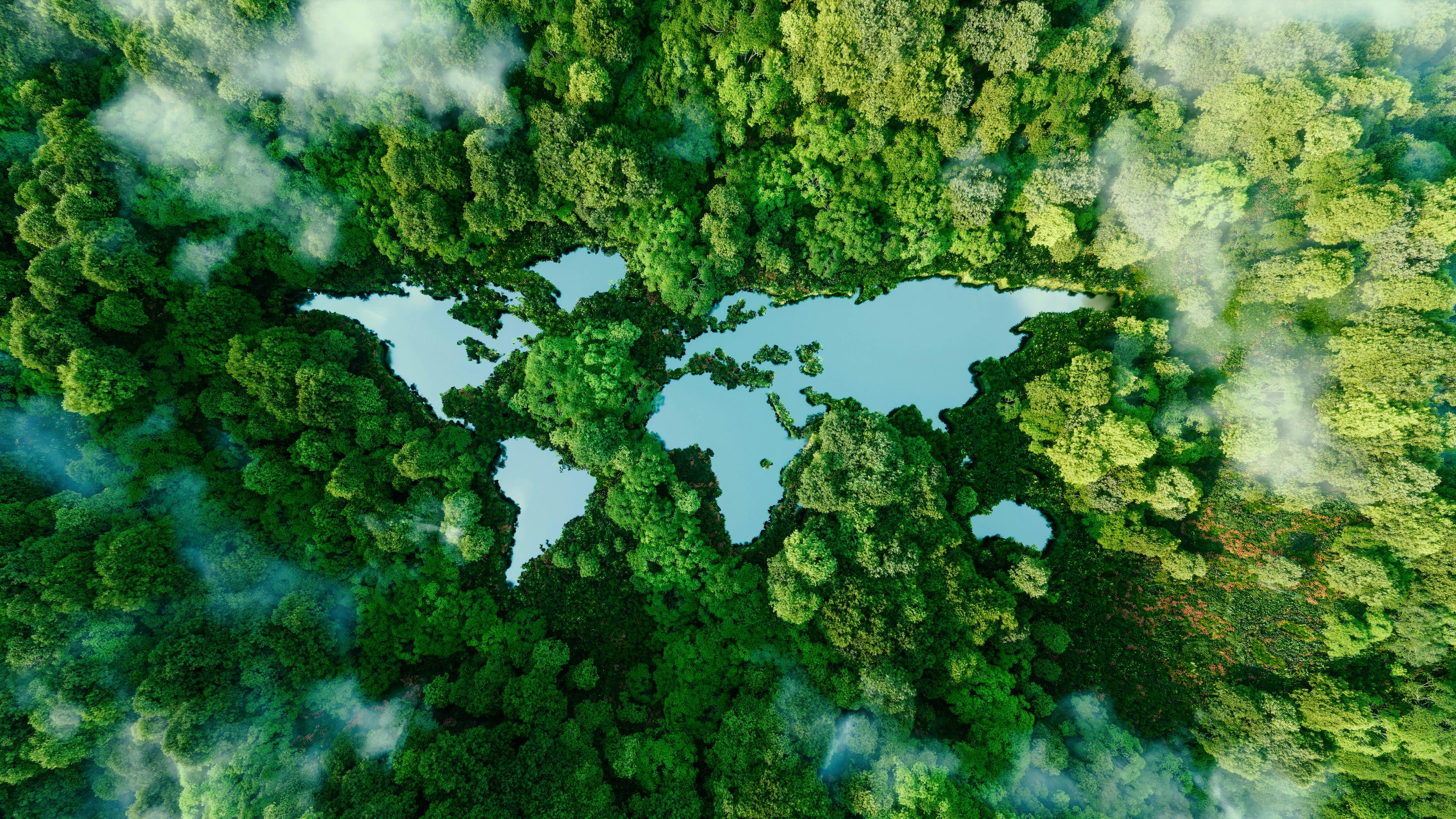Executive Summary
On the eve of the European elections, the Green Deal is under political crossfire from within as well as from outside the EU. Its implementation is at risk if the political momentum behind it is lost over the course of the next mandate. Any failure to progress the green transition will have significant implications for the EU’s credibility as a reliable trading partner and global climate champion. In fact, partner countries are already criticising the way EU measures impact upon their own economies; if this issue is not addressed, for instance by strengthening cooperation, targeting investments, and softening the impact of green policies on partner countries, the EU’s geopolitical profile could be weakened.
The EU has underestimated the geopolitical and geo-economic implications of the Green Deal. With the Carbon Border Adjustment Mechanism (CBAM), the EU Deforestation-free Products Regulation (EUDR), the agri-food mirror measures, or the draft Corporate Sustainability Reporting Directive (CSRD), it has become increasingly clear that domestic EU policies impose adverse effects on trading partners, especially for developing and least-developed countries (LDCs). The external dimension of the Green Deal was considered an afterthought when the EU decided to launch its ambitious climate policies in 2019. At the same time, the EU is still a frontrunner in terms of climate diplomacy, pushing for ambitious goals at the global level, while trying to “lead by example”.
The effects of the EU’s green policies have become a serious issue at a time when the Union needs to build a new partnership with the Global South for at least two reasons. First, the EU is a major player in a world dominated by the US-China rivalry, a battle which many countries are reluctant to get involved in. Second, the EU must address the growing divide on the Russian war in Ukraine – even within its own ranks – since 2022, and, more recently, on the Israel-Hamas war.
In 2024, policymakers are giving this external dimension short shrift because of the enormous domestic challenges which dominate the green debate. In the next mandate, the EU should develop an integrated approach that addresses both the internal and external aspects of the green transition, on geopolitical and geo-economic grounds. In order to keep Europe in environmental pole position in future and improve its relationship with the developing world, both the European Commission and European External Action Service (EEAS) should adopt a more strategic and comprehensive approach towards green diplomacy. This new approach requires a change of narrative, a reordering of geographical priorities, and a more coherent use of their toolbox. This will also require internal governance changes to overcome silos and fragmentation within and between the EU institutions.





